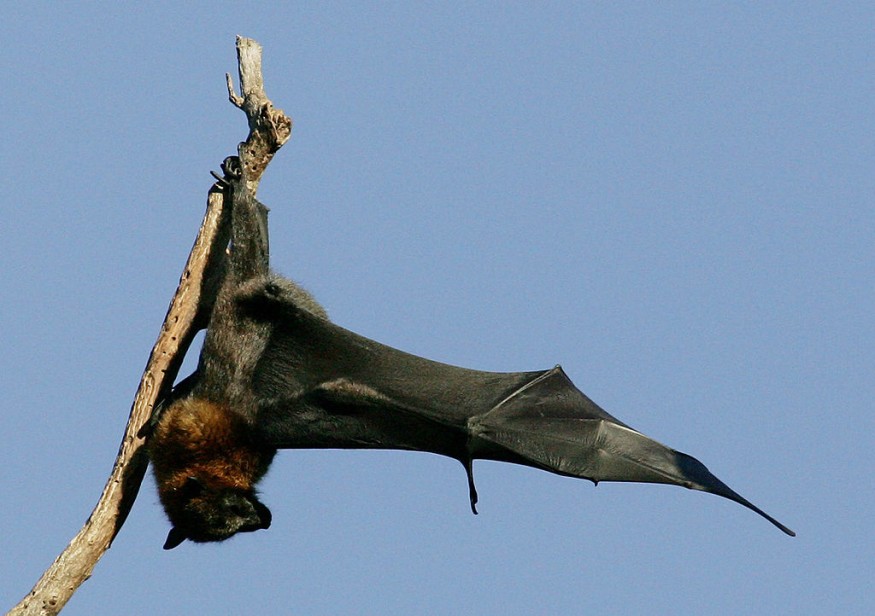Scientists have discovered another way echolocation evolved in bats, getting nearer the solution to what's described in the field of science as a decades-long evolutionary mystery.
According to a ScienceAlert report, except for the fruit bats of the family of the so-called flying foxes or Pteropodidae, all bats have the ability to echolocate by using high-pitched sounds so they can navigate at night.
A study published in Current Biology entitled "Embryonic evidence uncovers convergent origins of laryngeal echolocation in bats," shows how such an ability for sophisticated echolocation not just evolved several times in different bat groups but also that it never had an evolution in fruit bats.

Extraordinary Bat Sounds
To navigate with echolocation, bats are producing high-frequency calls in their voice box and release these through either their mouth or nose. Such calls are typically produced at higher frequencies compared to what humans can hear, echoing off objects, then bouncing back.
Bats then, from this feedback, can take out information about their surroundings' textural and spatial properties. Smithsonian Channel, through the YouTube video below demonstrated what bat echolocation sounds like.
For about 30 years now, scientists have been attempting to understand the manner echolocation is evolving in bats, not to mention the reason such an adaptation is not happening to or occurring in fruit bats. And, for these past three decades, these experts have struggled in coming up with a consensus.
For some evolutionary biologists, they think that once, fruit bats could also use echolocation just like their modern counterparts. Although at some point, this capability vanished.
Others in the field suggest fruit bats never developed this ability in the first place and that several times, they evolved in different groups of bats.
Remarkable Findings
The study investigator's analysis showed fruit bats were indistinguishable from mammals that are not echolocating in all aspects of their early development of ear bones.
More so, no features were found as well, which were the same as those observed in bats with sophisticated echolocation ability. Meaning, no evidence was found that suggested fruit bats would ever have had the echolocation capability.
The remarkable finding raised several questions for the researchers. One of these is, if it means that all bats' common ancestor did not have the echolocation skills afforded to bats of the future? It's possible, the said report specified.
On the other hand, this said common ancestor might have had only a very embryonic or aboriginal version of echolocation.
If this is the case, then it may have appeared and sounded remarkably different to what is seen in this present time's sophisticated echolocators.
Regrettably, the researchers said they cannot find out for sure, which is right. Pteropodids do have the most fossil record of all bats and thus, they cannot investigate further how, over time their ear bones have changed.
Differences Discovered
The team discovered too, the two major groups of bat echolocators, specifically Rhinolophoidea and Yangochiroptera which have different ear and throat development patterns, if compared to one another. This discovery proposes that the bats independently evolved their sonar, as described in ABC Science.
Furthermore, this conclusion is also suitable with the most recent understandings from bate genome sequencing, which specify that if all bats' ancestors did have echolocation capability, this was possibly some kind of an olden echolocation, instead of the known deft laryngeal echolocation today's bats have.
The study investigators said, the next step they're taking will be to integrate understandings from developmental analysis with data on bat genomes.
By investigating the manner bats' hearing-related genes are expressed in early development, the scientists said they could know if fruit bats totally eliminated or took out a primitive echolocation system that existed in an ancestor, or, if it was ever present at all.
RELATED ARTICLE: Biggest Mammal Migration in the World is in Danger
Check out more news and information on Bats in Science Times.
© 2025 ScienceTimes.com All rights reserved. Do not reproduce without permission. The window to the world of Science Times.










